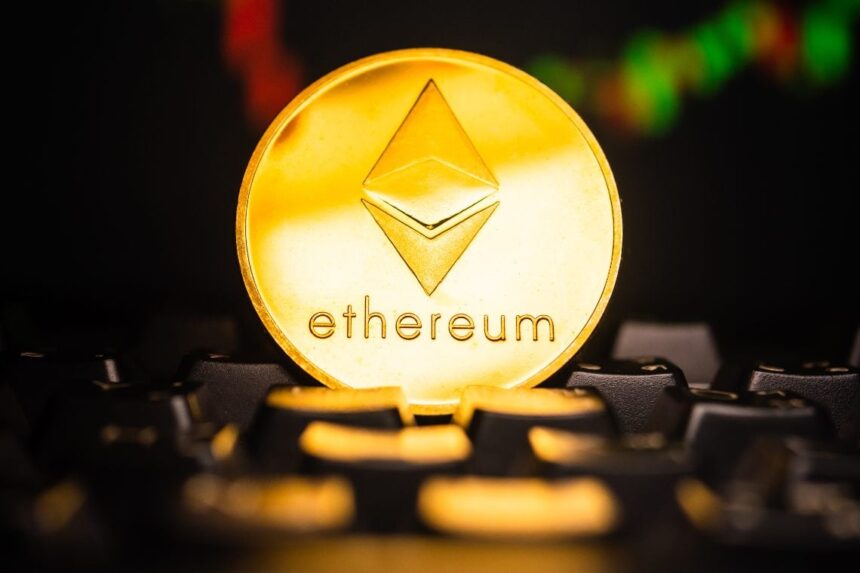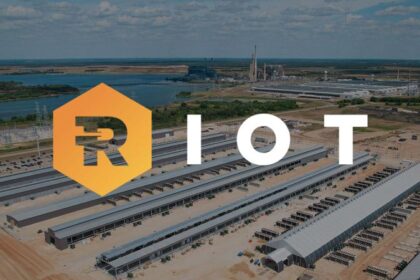Today, Ethereum has achieved a milestone with its gas fees hitting their lowest point since 2016. According to data from Etherscan and Dune Analytics, the average gas fee now stands at just 3 Gwei ($0.14), marking a significant decline from previous highs.
Gas fees play a crucial role in maintaining the security and efficiency of the Ethereum blockchain by incentivizing validators and deterring spam attacks. During the 2021 NFT boom, Ethereum faced criticism for its high gas fees, which some argued made the network unsustainable and prompted interest in alternatives like Solana.
Despite ongoing high transaction volumes, Ethereum’s current efficiency can be attributed to improvements in Layer-1 scalability and the adoption of “blob transactions” under EIP-4844. This has contributed to more affordable transaction days, even as occasional spikes above 15 gwei still occur during peak activity.
However, the substantial decrease in gas fees has implications for Ethereum’s monetary policy. With fewer fees being burned, Ethereum is transitioning away from being a deflationary network, contrary to expectations surrounding the London Hard Fork upgrade.
In the past week alone, Ethereum has seen a net addition of 14,393 ETH to its supply, resulting in an annual growth rate of 0.62%. The total supply now stands at 120,185,061 ETH, positioning Ethereum for further growth as it approaches new milestones in 2024.












